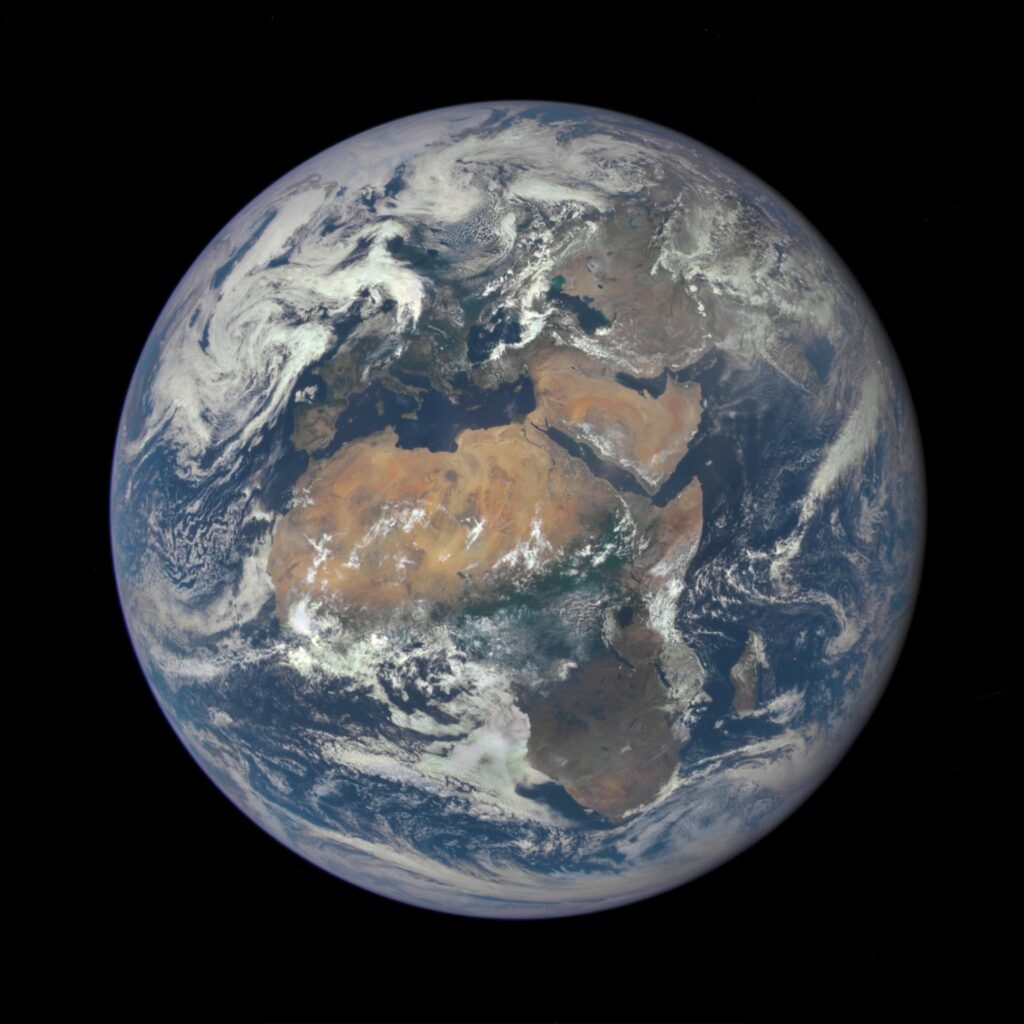AGU News
Register for Astrobiology Science Conference 2024. It’ll be out of this world!
Join us in Providence, Rhode Island from 5-10 May for #AbSciCon24, where the international astrobiology community will share new research investigating life’s potential, from Earth’s extreme environments and distant past to our solar system’s icy moons and exoplanets. To register, email [email protected] with your credentials. [media advisory][press credentialing requirements][AbSciCon24 scientific program]
Featured Research
Planet versus Plastics: an AGU Special Collection
Earth Day may have come and gone, but plastics are a year-long problem. This special collection showcases research on how to measure and monitor plastics as they move around the oceans and atmosphere. It also explores the myriad impacts plastics can have on human and environmental health. [browse the special collection]
Reaching carbon neutrality would significantly reduce climate inequality
Climate extremes, such as heatwaves, droughts and heavy precipitation, cause physical damage and decrease public health. Achieving carbon neutrality by the late 21st century, following an intermediate emissions pathway, could reduce the number of people exposed to extreme rainfall and heat by about 90%. Benefits would be particularly strong in Africa and Asia, which have large populations. [Earth’s Future research]
Climate change could stretch Atlantic hurricane season by a month
Warmer sea-surface temperatures in the springtime Atlantic paired with a La Nina in the autumn drive earlier starts and later ends, respectively, to the Atlantic hurricane season, a new study finds. Such conditions could lead to longer hurricane seasons, with a model estimating 27 to 41 days’ gain. [Geophysical Research Letters research]
Atmospheric rivers to dominate extreme precipitation in US Northeast
The densely populated northeastern United States has experienced the most rapid increase in the frequency of extreme rainfall within the country in recent decades, with both tropical cyclones and atmospheric rivers as major events. That trend is likely to continue, with atmospheric rivers taking over as the dominant cause of extreme rainfall events, a new study finds. [Earth’s Future research]
Health impacts of wildfire and prescribed burns along the West Coast
Three new studies examine smoke exposure and resulting health impacts in California, Oregon and Washington. Together, these present a view of how different smoke sources disproportionately impact various communities in the three states, which could help improve state-level fire and public health planning.
- Schollaert et al. present the first analysis of smoke exposure from wildfire, prescribed burns and agricultural fires from 2014 to 2020 across the three states and found Native American communities had higher exposure to wildfire particulate matter in all three states. [GeoHealth research]
- Looking at zip code-level health outcomes from smoke exposure, Do et al. found California communities with higher proportions of Black and Pacific Islander populations face poorer outcomes from fire-derived particulate matter exposure. [GeoHealth research]
- And Rosenberg et al. explore how prescribed burns, while decreasing wildfire risk, could increase the health burden from low-level but frequent smoke exposures in California. [Earth’s Future research]
The world’s lakes aren’t healthy. Treat them like human patients, these scientists say.
Lakes can face a slew of issues — pollution, evaporation, invasions — that may become chronic, but it can be difficult to identify, frame and treat those problems because lakes are often interconnected and trans-boundary ecosystems. Using human health terminology and anthropomorphic thinking could help improve understanding and motivate action, scientists propose. [Earth’s Future research][Eos research spotlight]
